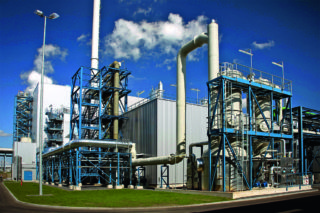-
Operating and under-development CCS capacity grows by a third globally over last year, while public acceptance still unclear
Date posted:
-
-
-
Post Author
Patrick LaveryCombustion Industry News Editor
-

The Global CCS Institute has released the 2020 version of its annual Status Report, with the findings that global capacity (counting under development as well as in operation capacity) has increased very considerably – by a third – but, conversely, that deployment is still not fast enough to meet 2050 climate goals. In fact, global capacity must expand by more than one hundred-fold by 2050, the report estimates. Currently, 26 facilities are in operation, capturing almost 40 million tonnes/yr, and a further 39 facilities are in development. The expansion by around a third in just one year is highly encouraging, driven by US tax credits, European governmental investment, and other factors, and although growth needs to be even higher in coming years, it does give one the impression that a corner has been turned.
However, a blog post from the International Energy Agency’s Greenhouse Gas R&D Programme has highlighted that public acceptance of carbon capture, utilisation and storage is rather unknown at present, at least in some countries. A 2019 Japanese survey showed that 44.7% of respondents from the community had never heard of CCUS, and accordingly, most people were unsure of if it should be used. (Almost 37% were in favour, while almost 7% were not in favour.) In what seems a universal attitude, however, more respondents (38%) were against CCUS infrastructure “a few kilometres away from the closest seashore to [my] house”, as opposed to almost 13% in favour, the rest being unsure. Intriguingly, in the Tomakomai area, where a CCS project has been implemented, community surveys have shown that the public has accepted the project, with the success factors being, in the eyes of the researchers, that the area has an industrial history, that the community felt a new industry was needed, and that intensive community and stakeholder engagement was carried out, with a range of classroom activities, publications, and an information centre.
